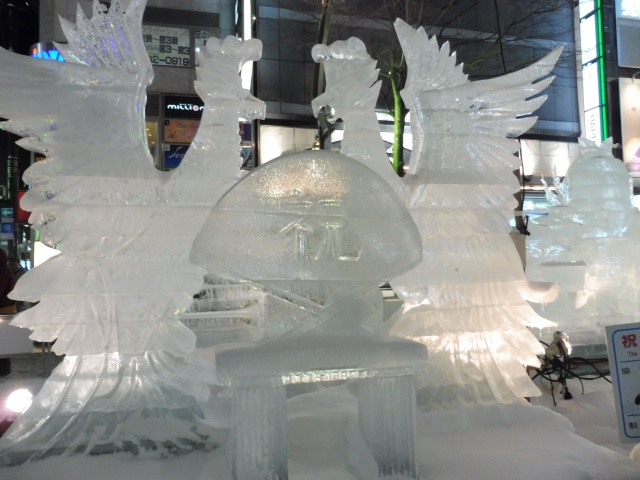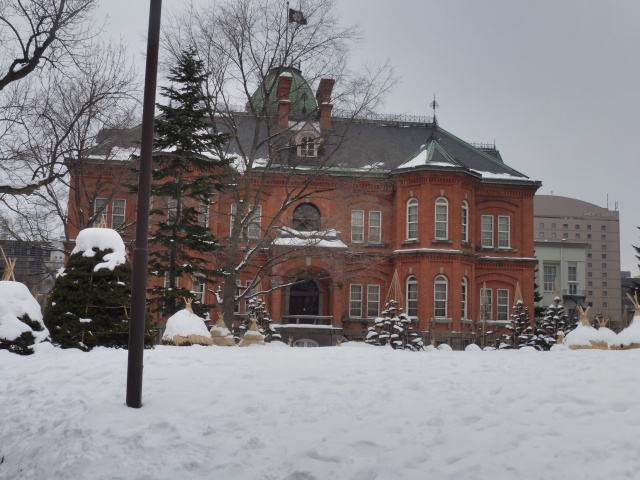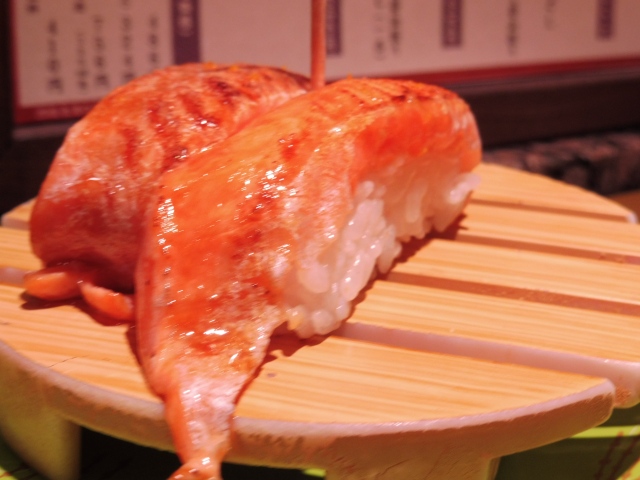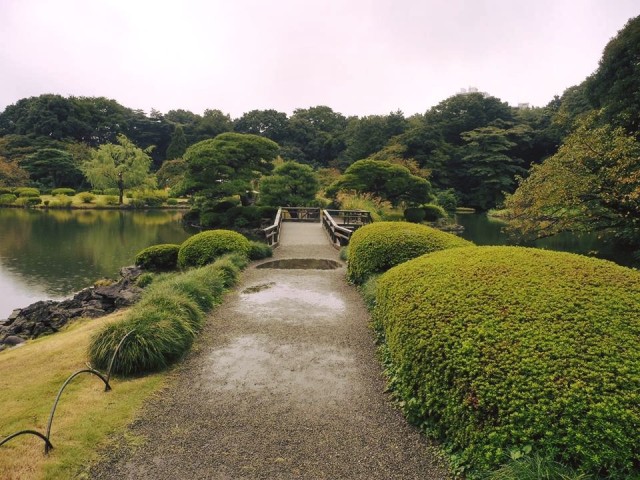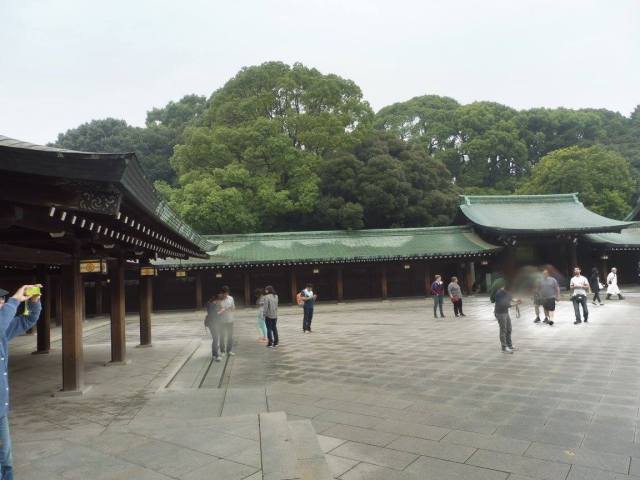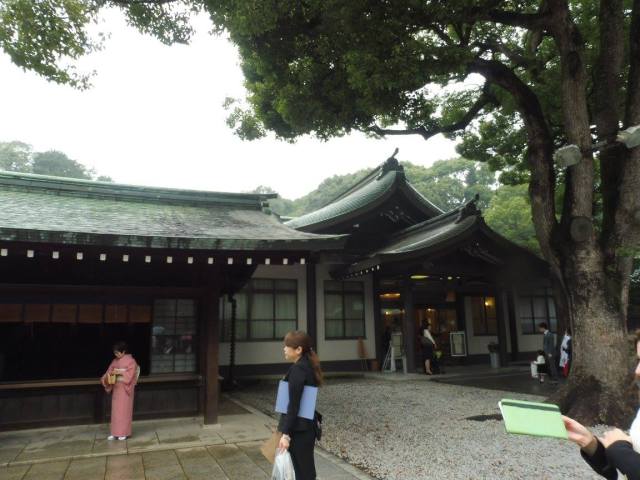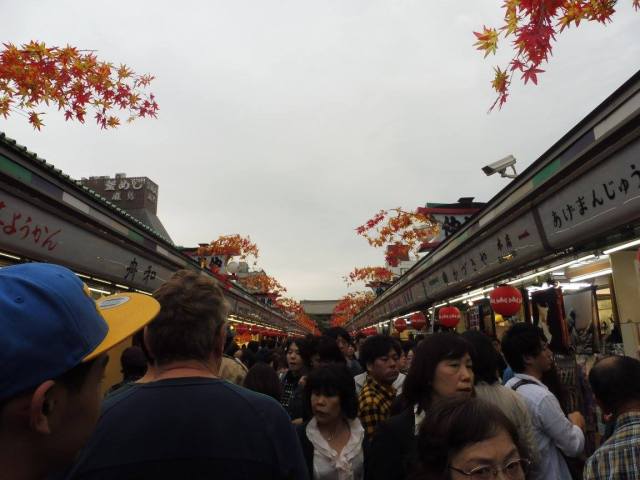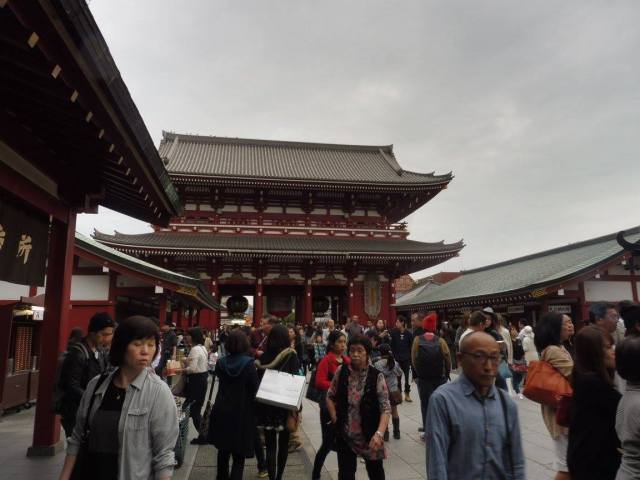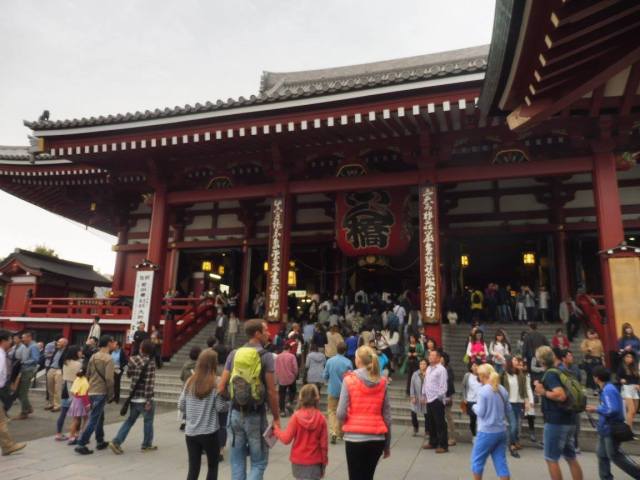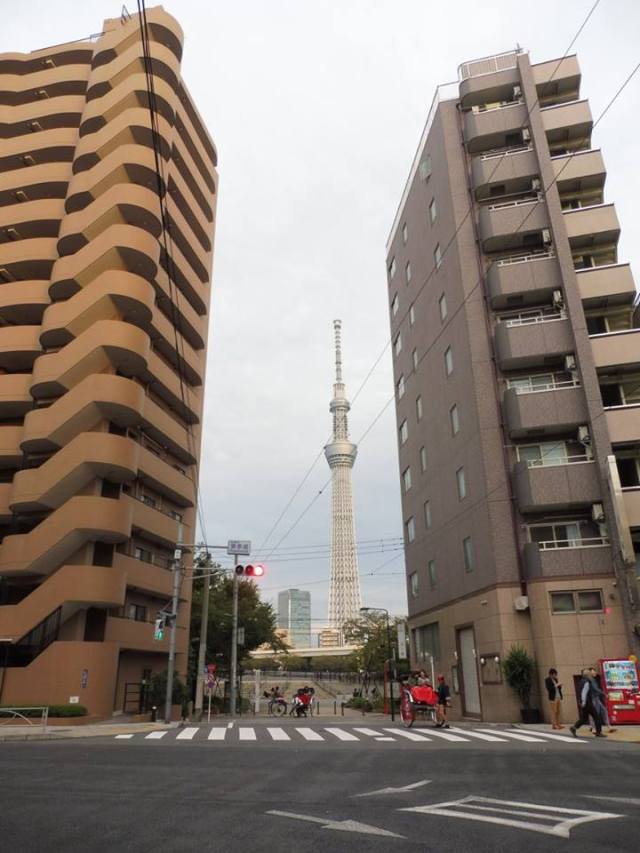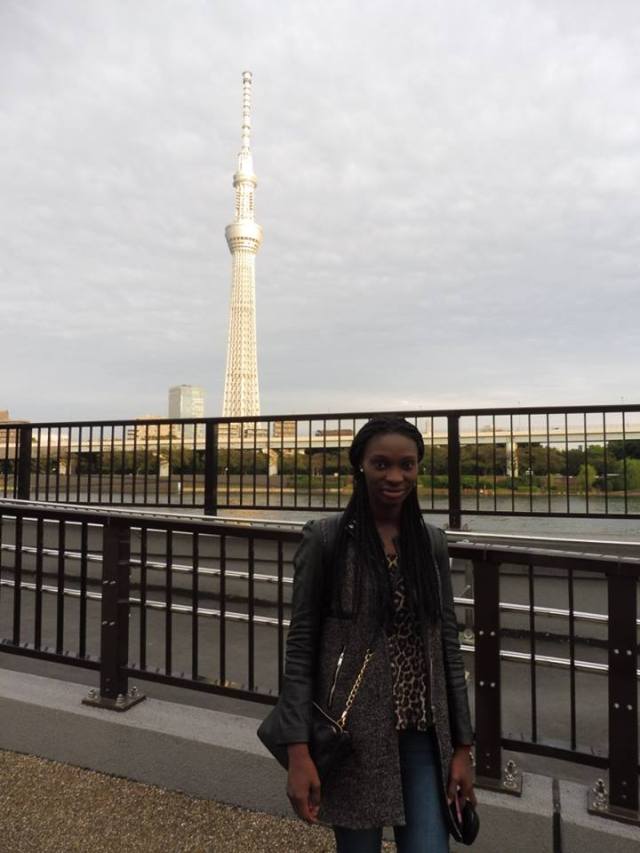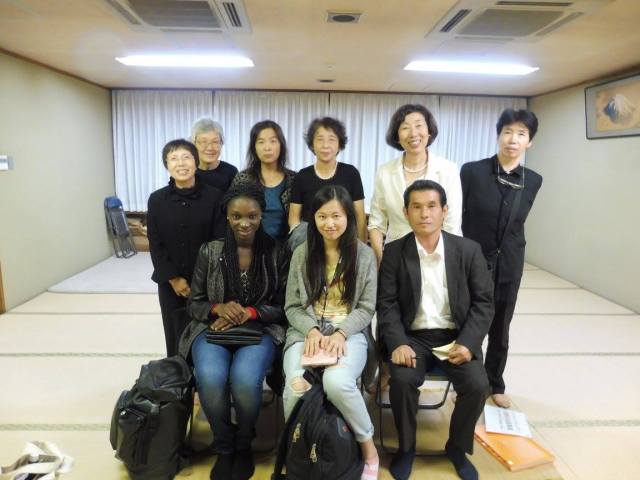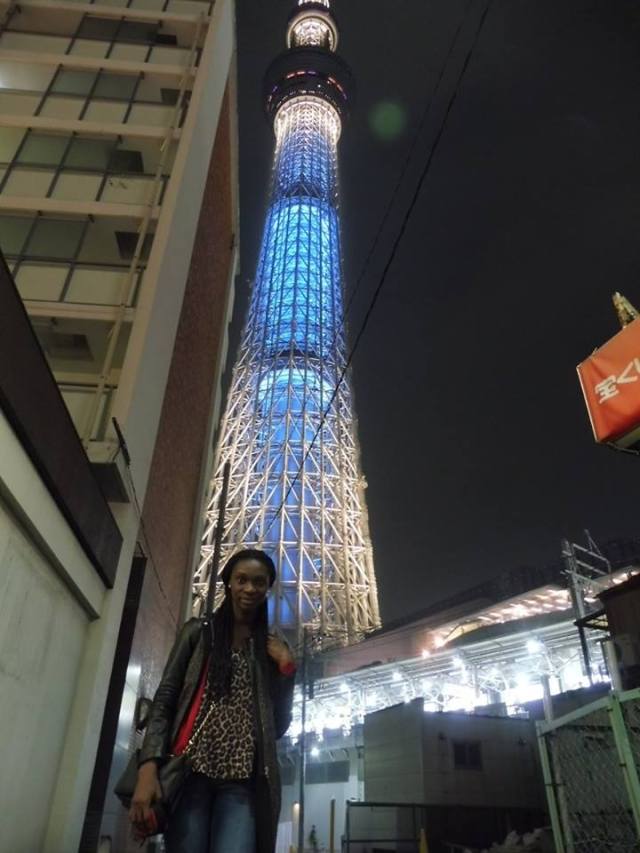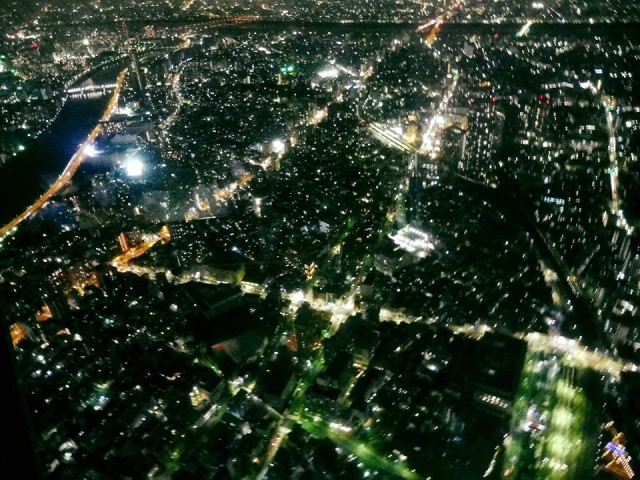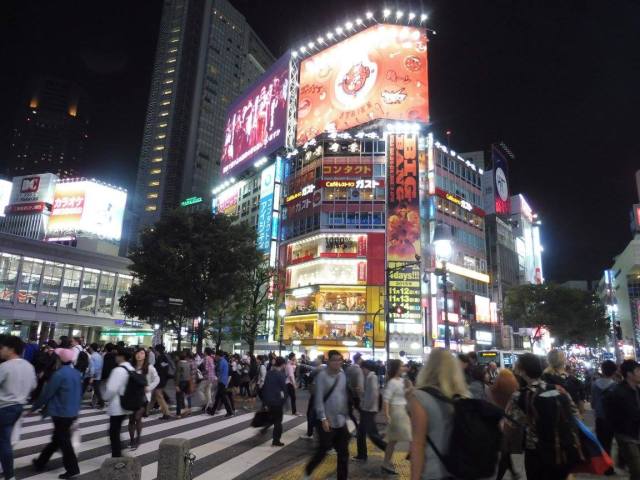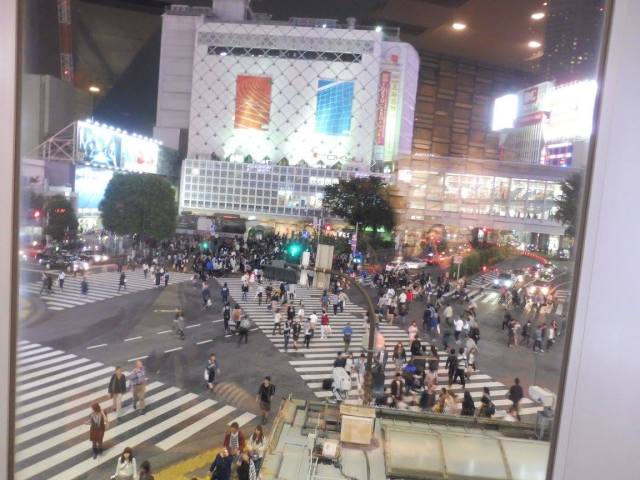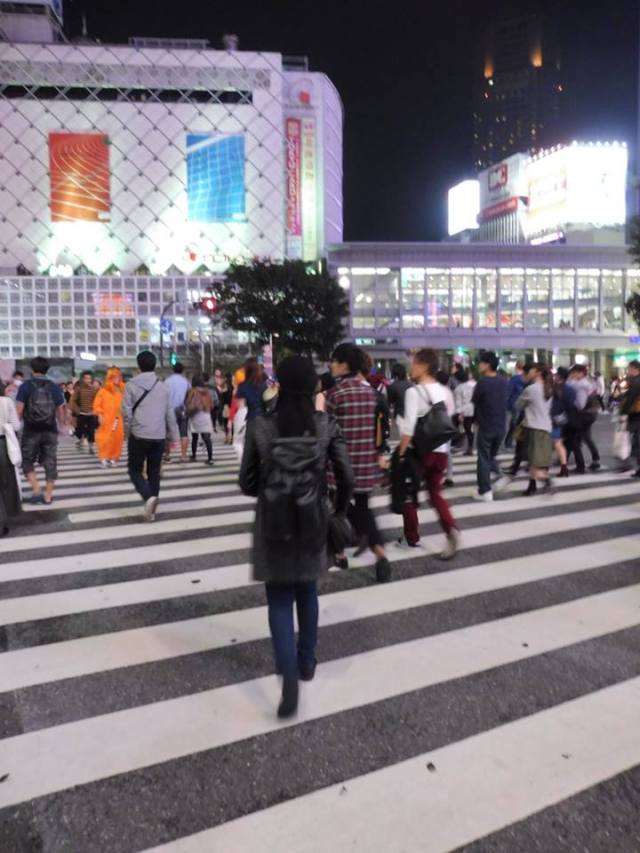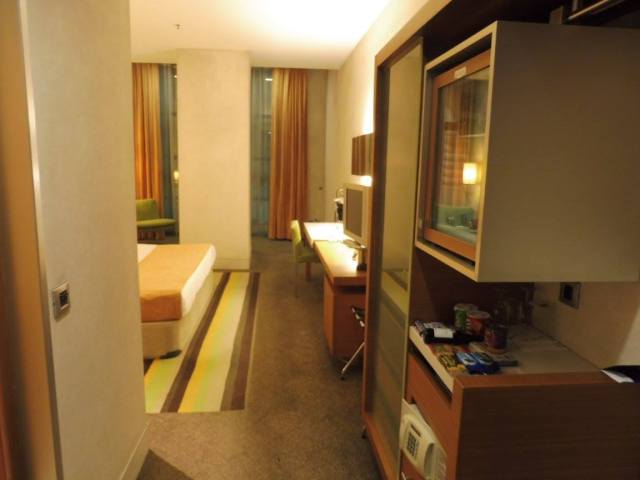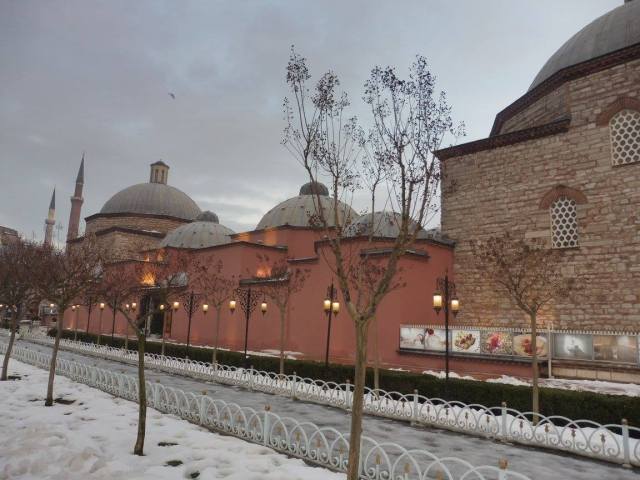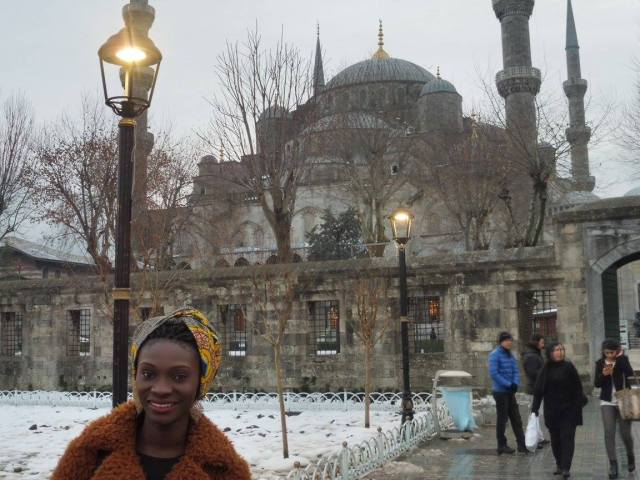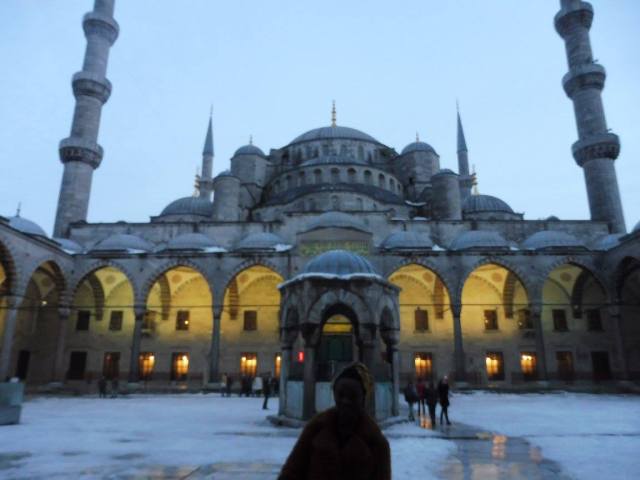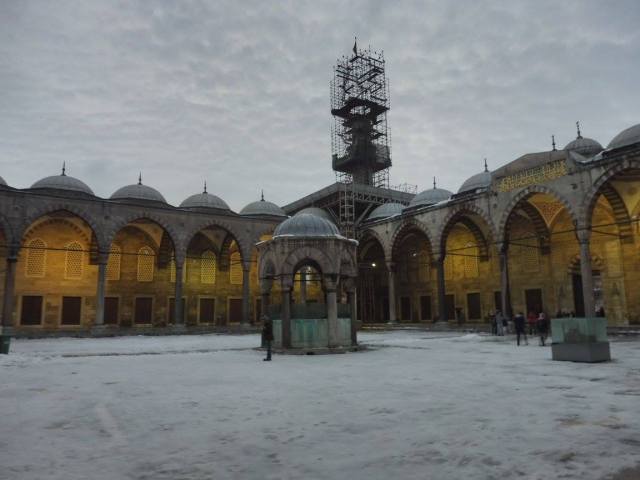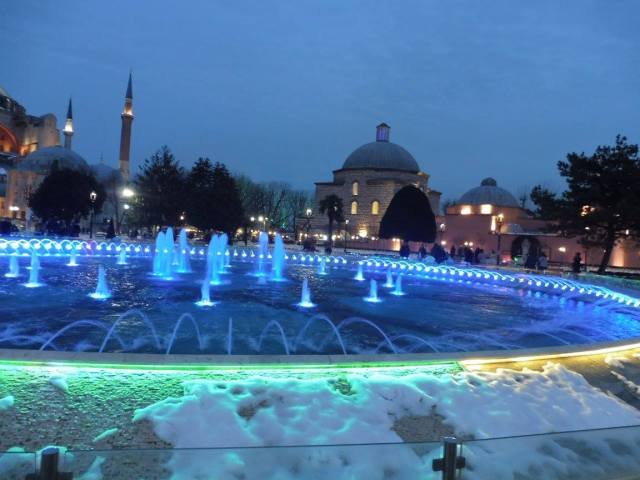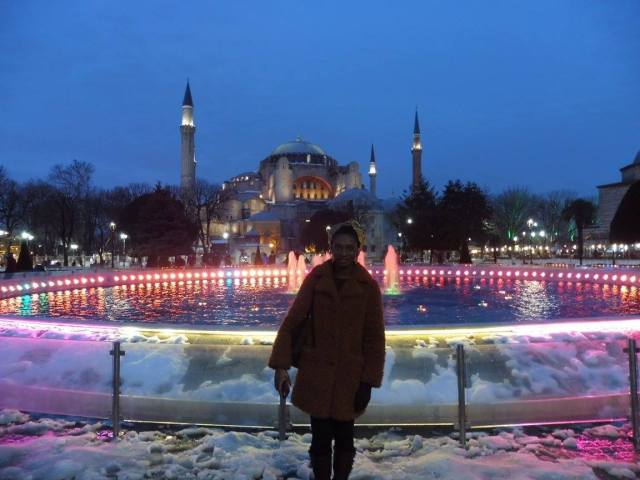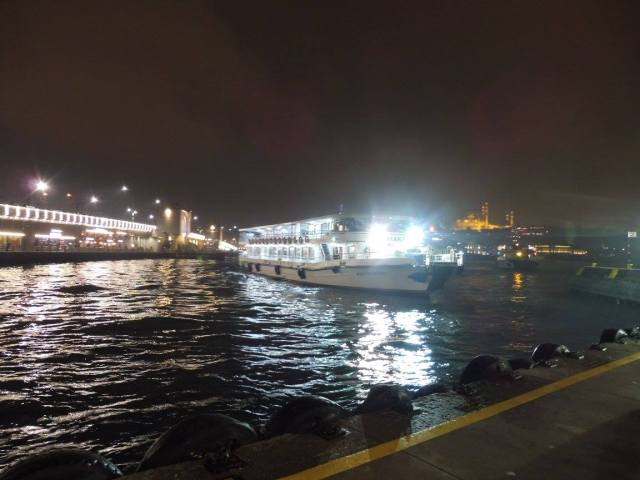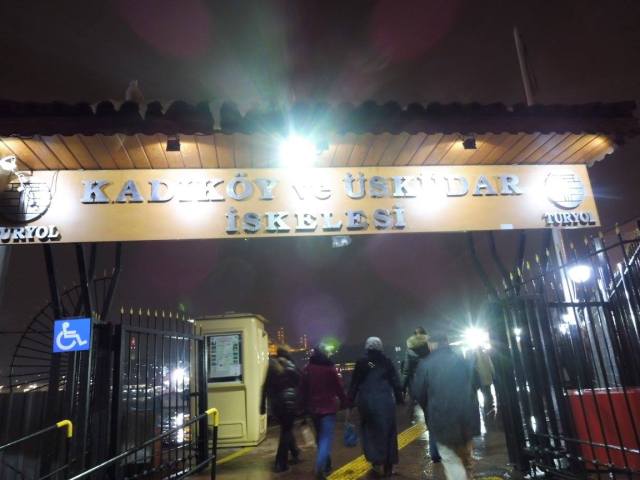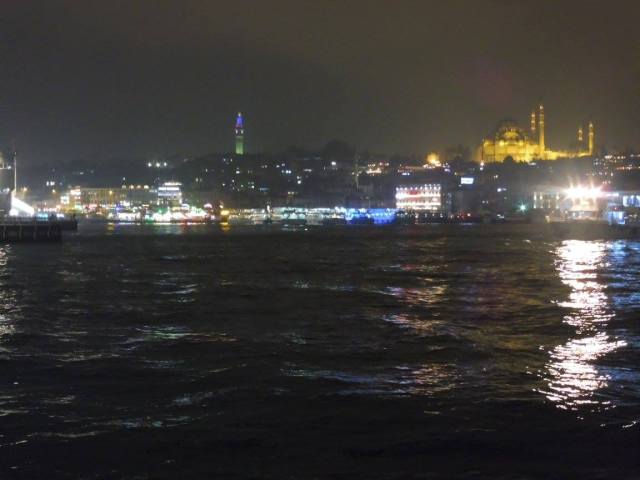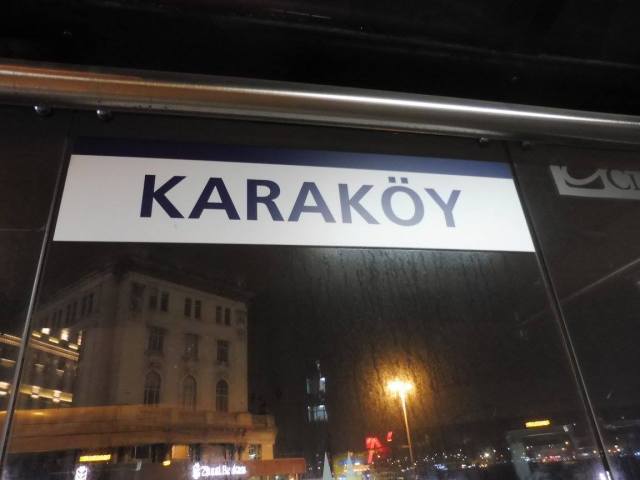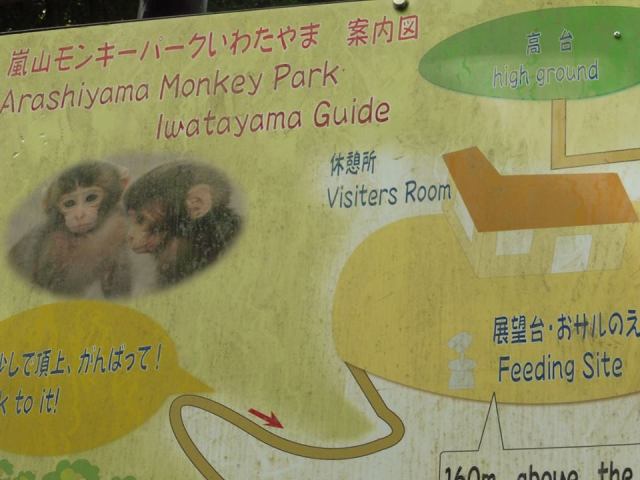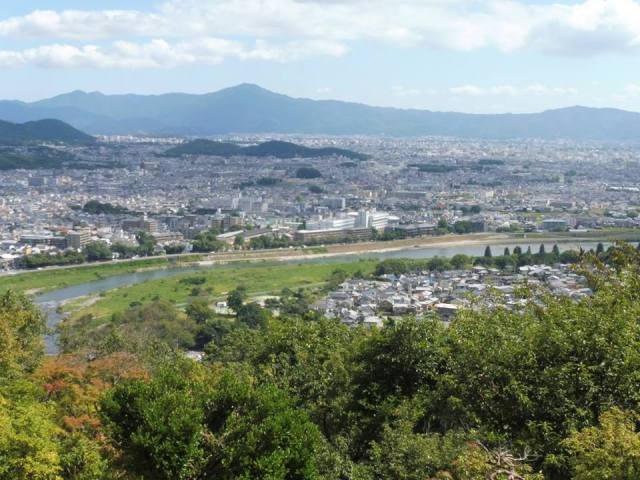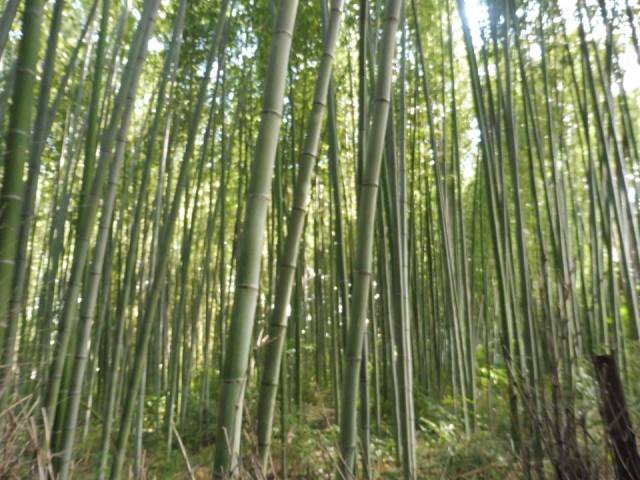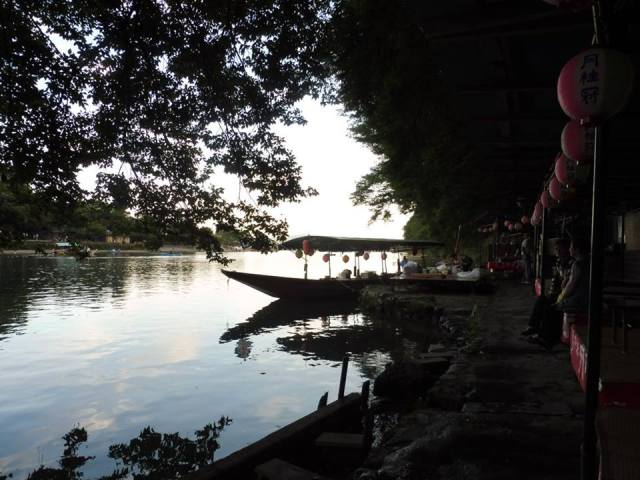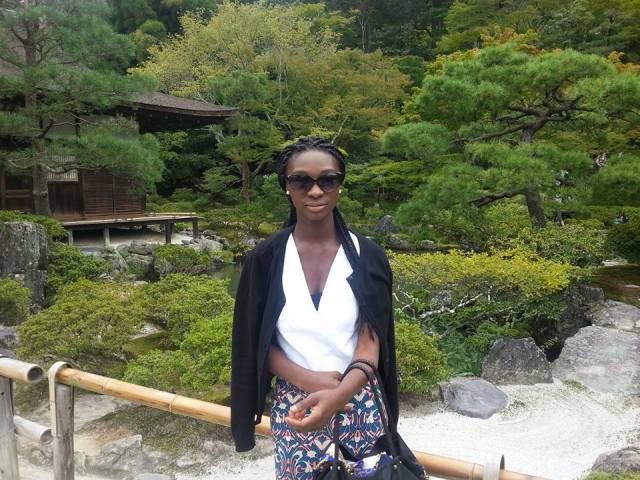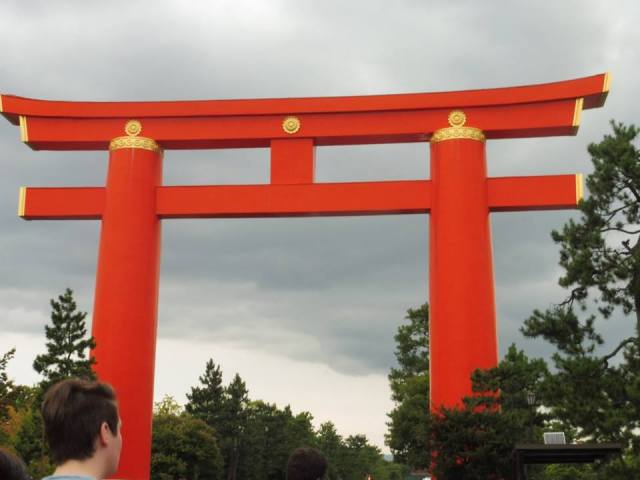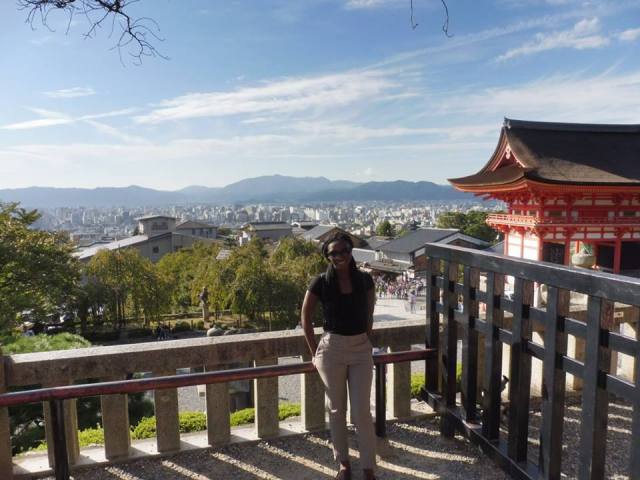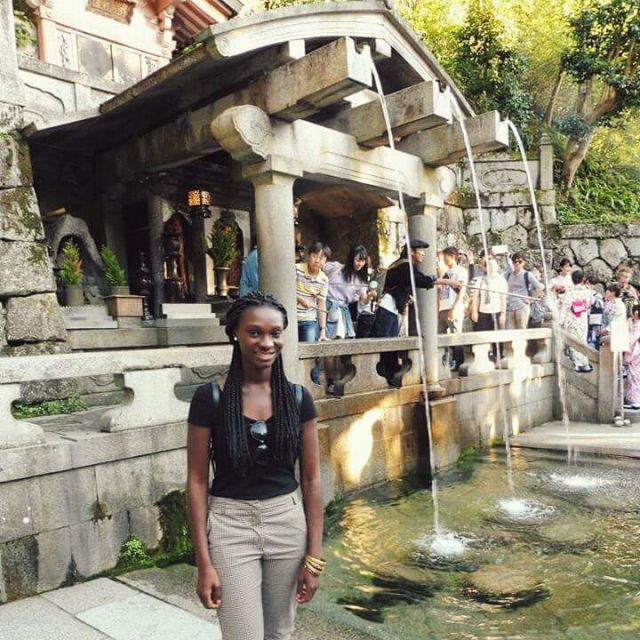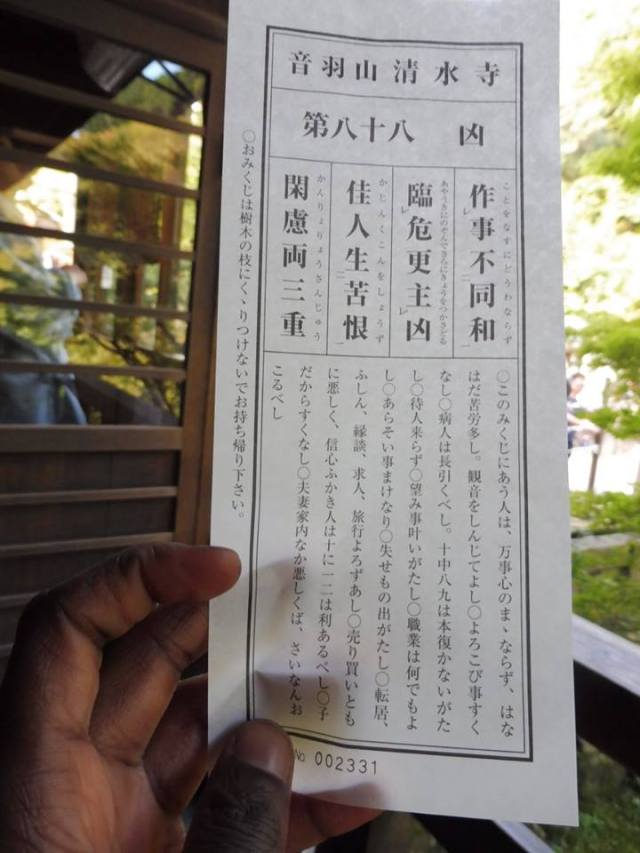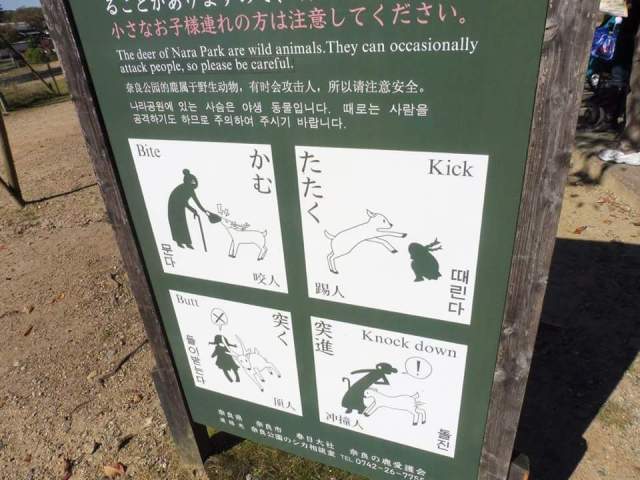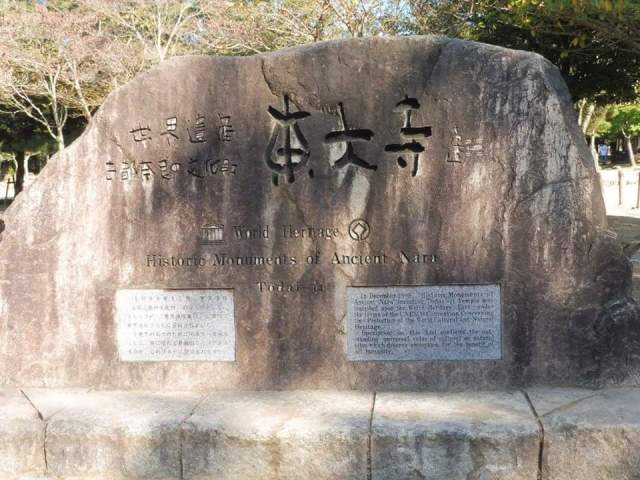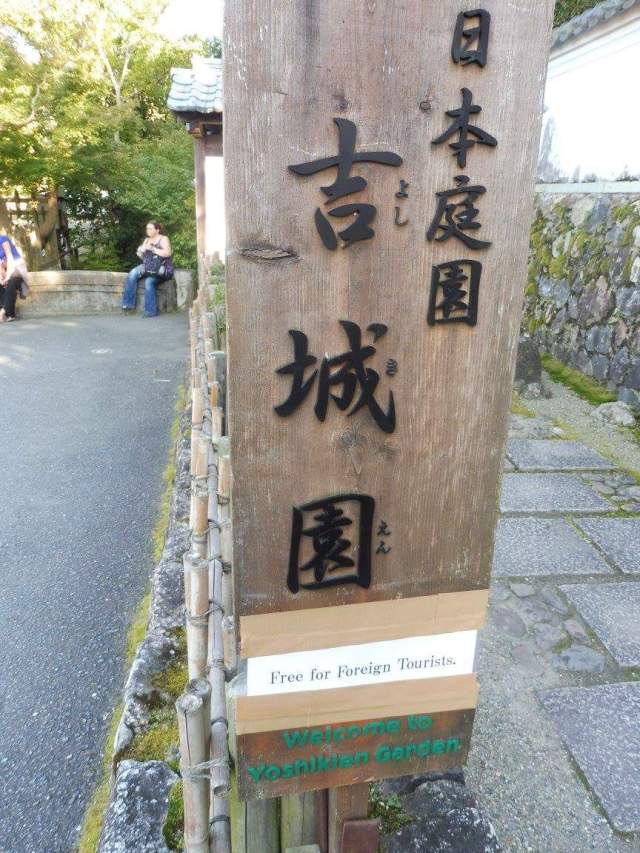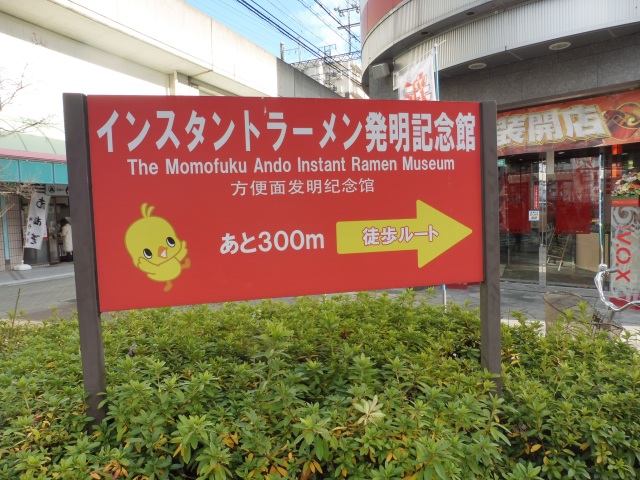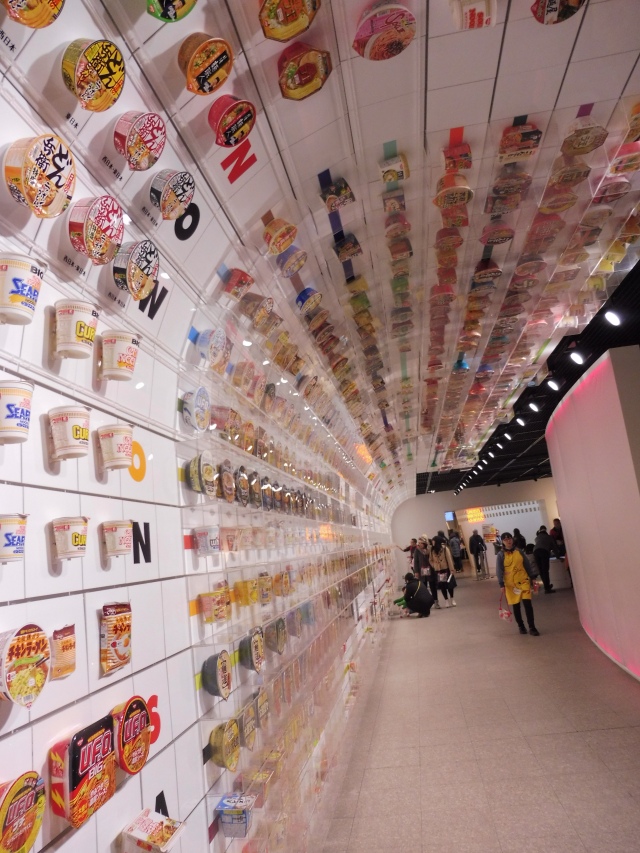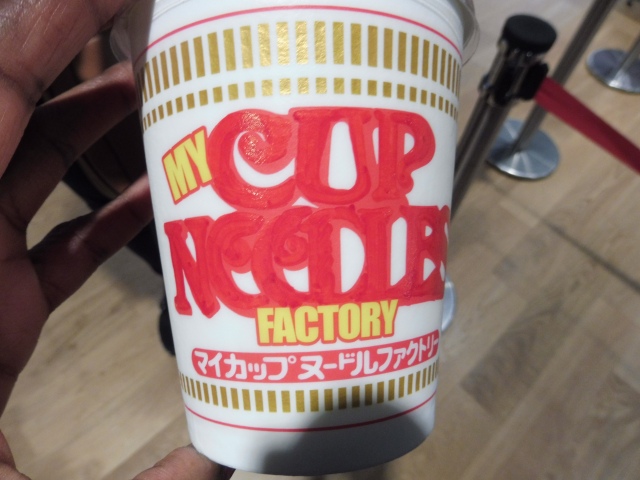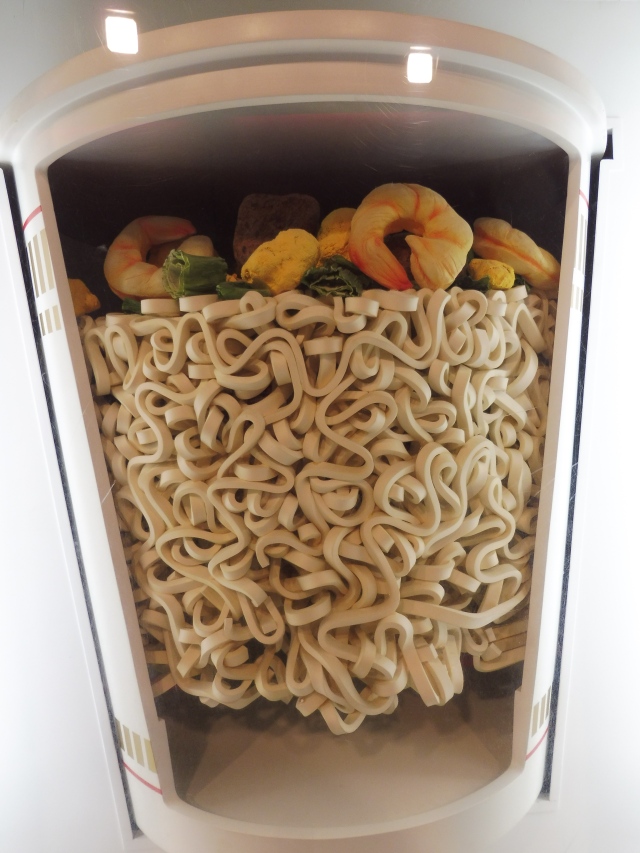Did you know that Hong Kong has the most skyscrapers (classified as buildings with over 14 floors) in the world?
After the Golden Week holidays in Japan, I went to Hong Kong for a few days. I was really impressed with the number of skyscrapers I saw.
The island of Hong Kong is made up of 70% rural mountains, islands and national parks. It is considered one of the most densely populated places in the world. Hong Kong is technically part of China. However, it has its own currency and laws amongst other things. It is by definition the place where the West meets the East.
Lantau island
There are over 200 islands in Hong Kong. I visited Lantau island which is the largest island to see the statute of Tian Tan Buddha (aka. Big Buddha).
Tian Tan Buddha and Po Lin Monastery
Tian Tan Buddha was constructed in 1993 and was the biggest outdoor sitting bronze Buddha statue in the world at the time. It is now the second largest at 34 meters high (the current largest is in Taiwan). The statue sits atop a hill and faces north, overlooking China.

To get to Tian Tan Buddha, I took the Ngong Ping cable car up to the mountain where the statue resides.
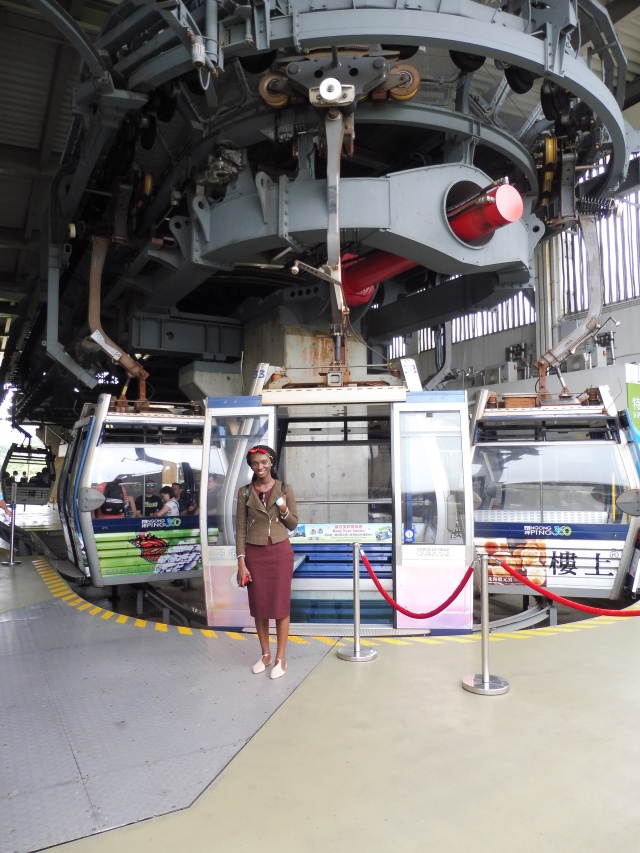
This was the longest cable car ride of my life. It was so long that I conquered my fear of heights while on board (It was actually only 20 minutes but it felt like forever).
 Once I made it to Ngong Ping village, I went to Po Lin Monastery before climbing the 268 steps for an up close look at the statue.
Once I made it to Ngong Ping village, I went to Po Lin Monastery before climbing the 268 steps for an up close look at the statue.
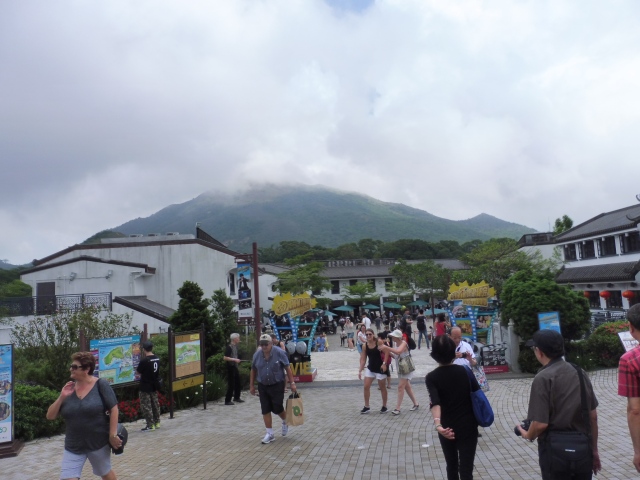
I circled around the Buddha statute in a 360 angle once I made it up the steps, taking in the mountains and valley of Lantau.


Po Lin Monastery is a Buddhist temple which is also another attraction situated across the Big Buddha statute. You cannot visit Tian Tan Buddha without taking a stroll around the temple grounds to take in the aesthetic of the monastery.


Tai O Fishing Village
I also visited Tai O Fishing village to see a different side of Hong Kong.

I spent a couple of hours walking around the market in Tai O. I also went on a boat ride for an up close view of the harbour and stilt houses. The village was very picturesque.



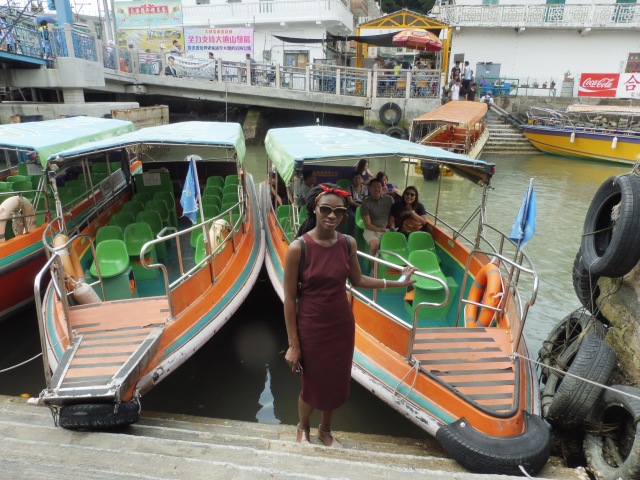
Symphony of Lights
Hong Kong really comes alive at night. To capture the energy of the city, I went to see the Symphony of lights show. This is a nightly laser and sound show which celebrates the energy, spirit and diversity of Hong Kong. The show is listed in the Guinness book of records as the world’s largest permanent light and sound show. It is spectacular and a must see when in Hong Kong; it is free.


Victoria Peak
For a panoramic view of Hong Kong, I went to the highest point; Victoria Peak which is 428 meters above sea level. The view from this point was incredibly stunning. I took the peak tram to get to the top. The ride was also scenic.




I thoroughly enjoyed my short stay in Hong Kong.
I believe a lot can be done in a short trip; there is no time to waste. Short trips are the way forward if you are like me and want to see everything and do so much in a short space of time.
Hong Kong is a must visit. Its an incredibly beautiful island. Let me know if you ever visit, I would love to hear about your experience.
Recommendations
I would recommend the following on a visit to Hong Kong:
- Visit Tai O fishing village on the way to see the Big Buddha statute. It is a 15 minutes bus ride from Ngong Ping village. Alternatively, you can get a fast track ticket from the cable car station on the way to see the statue like I did which includes a tour of Tai O and a boat ride.
- Get an octopus card. This is a rechargeable contactless card. You can get one from the airport as soon as you land or at various places within the city. You will need to pay a deposit of HK $50 to loan a card during your stay (you get this back less a HK $9 handling fee when you return the card which can be done at any train station or at the airport when leaving). If you want to keep the card as a souvenir however, you can buy it for HK$39. The card can be used on all Hong Kong public transports and ferries. It can also be used at convenience stores, some fast food restaurants and supermarkets. It is one of the world’s leading smart card payment systems.
- Go and see the symphony of lights show. You can get the star ferry from Hong Kong island. The best spot for the show is Avenue of Stars, Tsim Sha Tsui. It starts at 8pm every single day. You should aim to arrive at around 7.30pm if not earlier to get a good spot. Don’t miss it, it’s free!
- Get a Peak Tram Sky Pass if you go to Victoria Peak to be able to visit The Sky Terrace 428 which is the highest 360 degrees viewing terrace in Hong Kong.
- Go on a tram ride (also known as the “Ding Ding”). It is described as the best way to experience Hong Kong. The iconic trams have been riding in Hong Kong for 110 years. I had a lovely time riding the tram. I even had a cheeky nap while on board.
- If you have time, go to Macau. It can be done in a day’s trip. I didn’t have enough time to go. Let me know if you visit.
Check out below slide show for the rest of the pictures I took in Hong Kong.
Enjoy.
Matane
*bows*




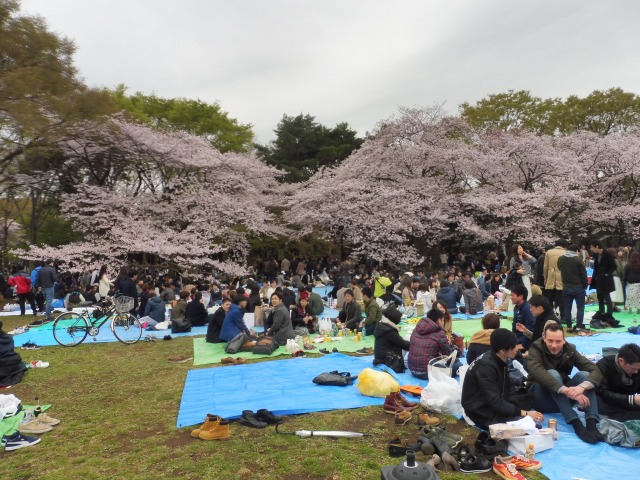

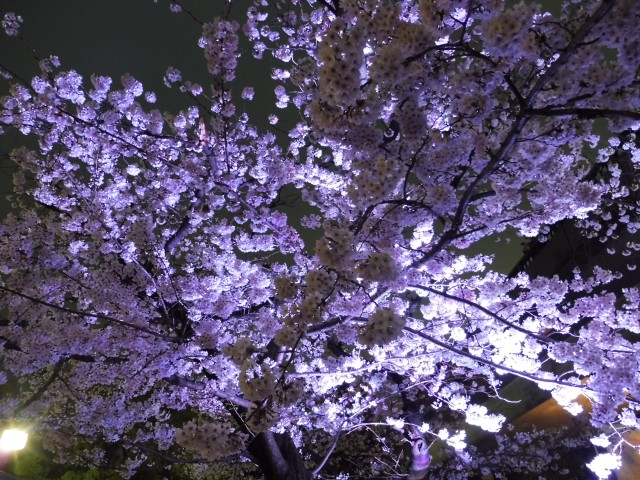




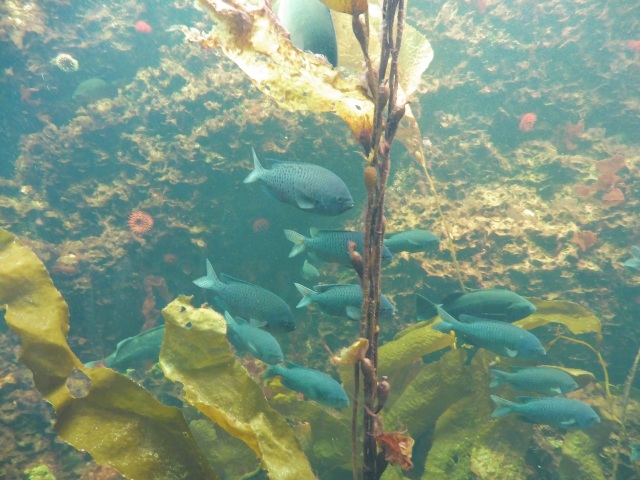

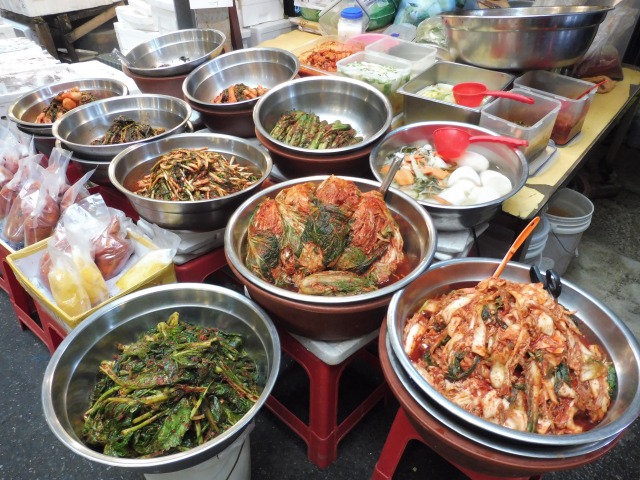



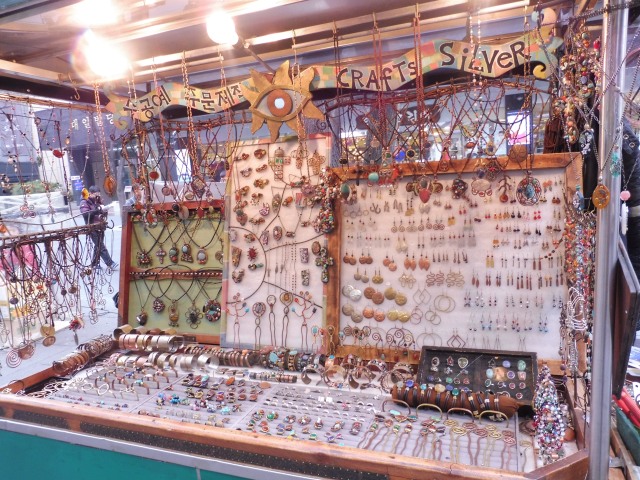












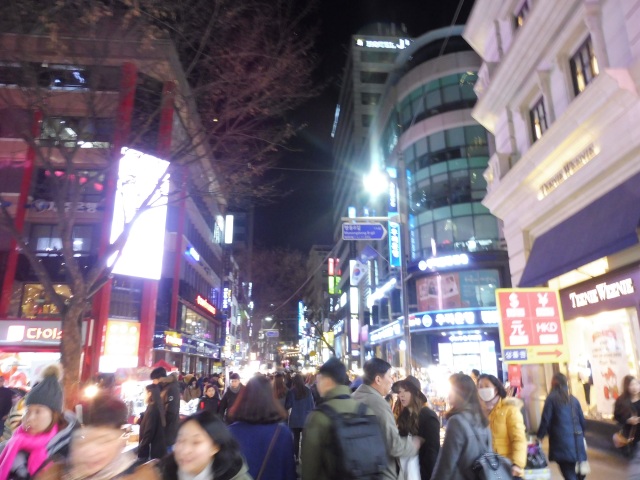


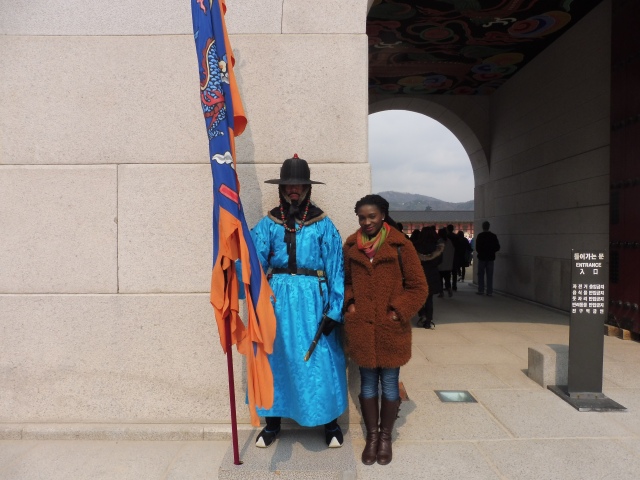


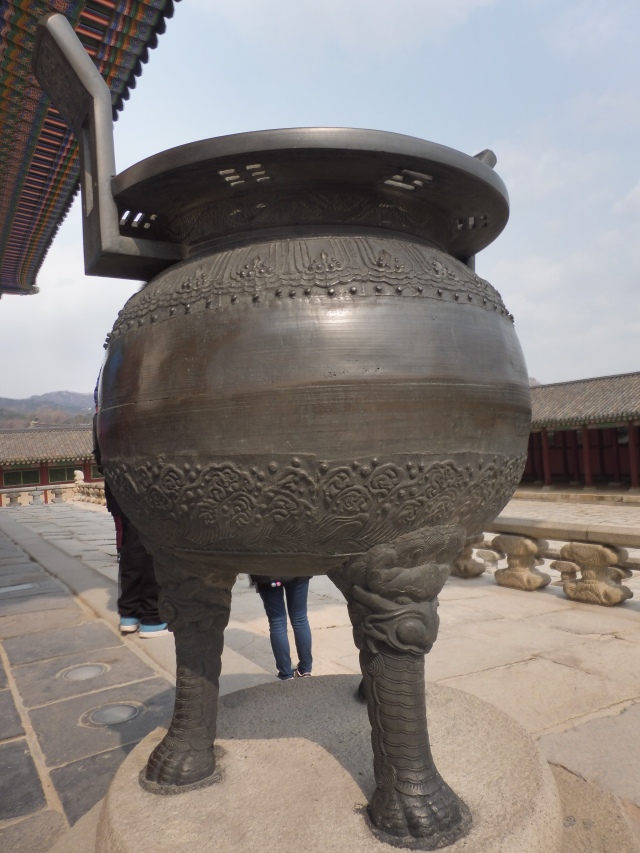


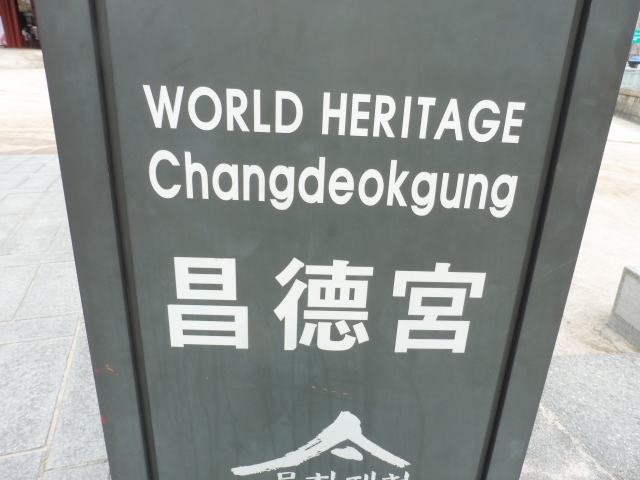
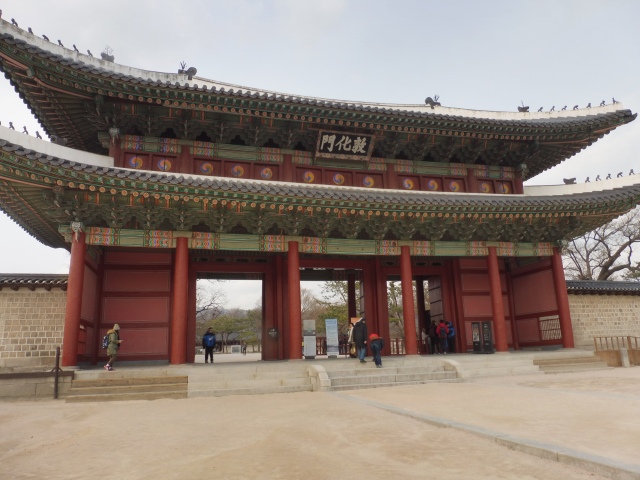

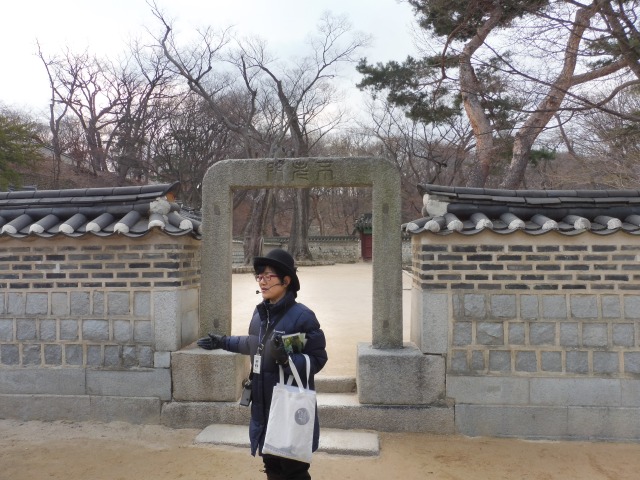


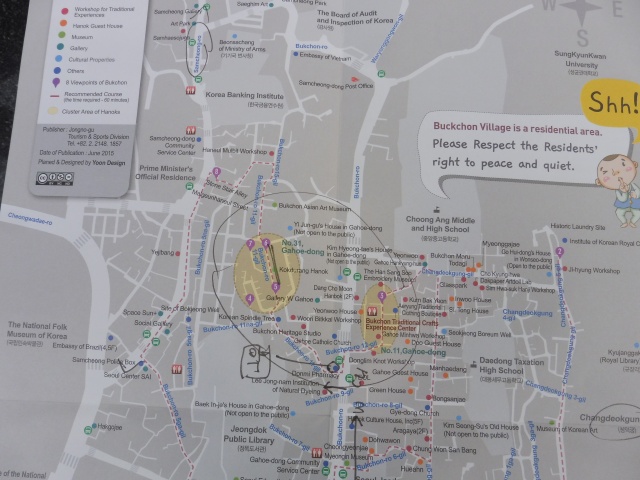


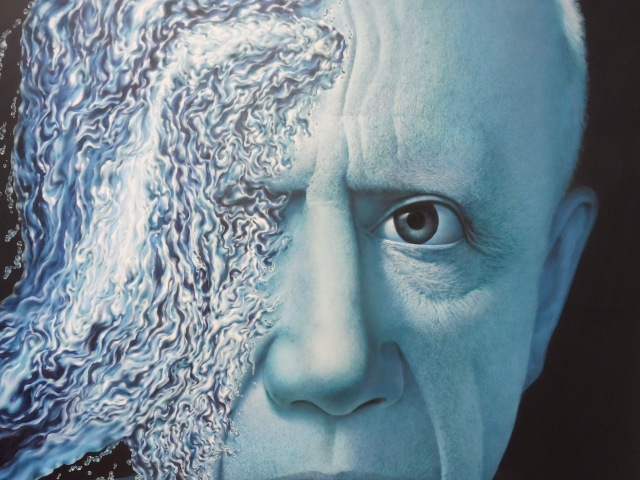








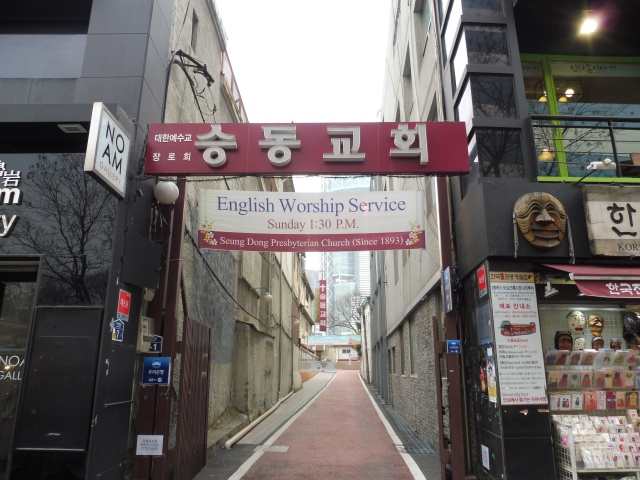




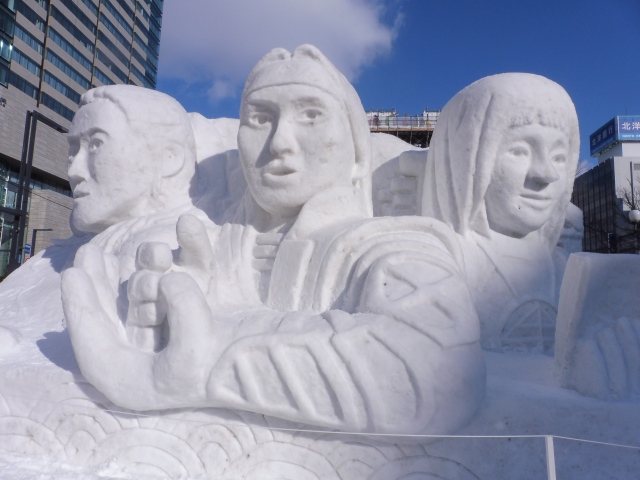 The sculptures were all made with pure white snow and clear ice.
The sculptures were all made with pure white snow and clear ice.





